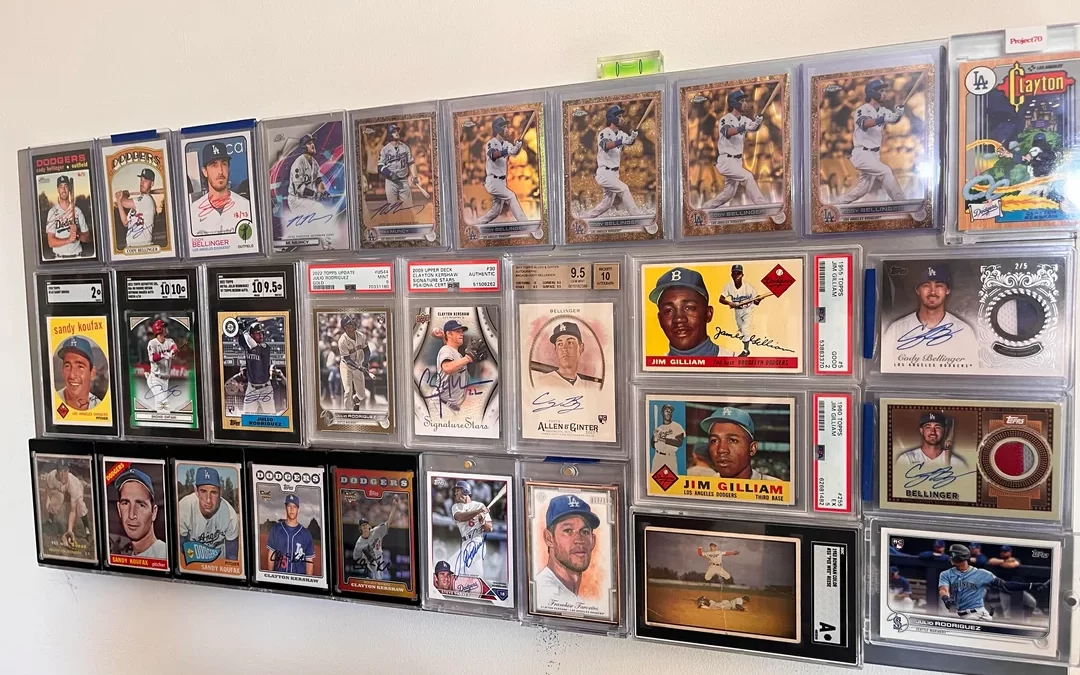As a card collector, the longevity and value of your collection depend significantly on how well you store and protect your cards. From choosing the right materials to ensuring optimal environmental conditions, there are several steps you can take to keep your cards in pristine condition for years to come. This guide will walk you through the essential strategies for safeguarding your collection, whether you’re a beginner or a seasoned enthusiast.
Choosing the Right Storage Materials
The foundation of card protection starts with selecting the proper storage materials. Card sleeves are the most basic and widely used form of protection. These thin, transparent sleeves cover individual cards, shielding them from dust, fingerprints, and minor abrasions. When purchasing sleeves, ensure they are made from archival-quality, acid-free plastic to prevent chemical reactions that could damage your cards over time.
For more valuable cards, top loaders are an excellent choice. These rigid plastic cases provide additional protection against bending and physical damage, making them ideal for cards that you handle frequently or that hold significant value. When inserting cards into top loaders, first place them in a soft sleeve to prevent scratches and make removal easier.
For your most prized possessions, consider magnetic holders. These cases not only protect your cards but also offer a display-worthy casing that enhances their presentation. Magnetic holders snap shut securely, eliminating the need for additional taping or sealing. They are particularly suitable for autographed or limited-edition cards, providing both security and visual appeal.

Creating the Ideal Storage Environment
Proper storage isn’t just about the materials; it’s also about the environment in which you keep your cards. Temperature control is crucial. Cards should be stored in a cool, stable environment, ideally between 65-70°F. Fluctuations in temperature can cause your cards to warp, leading to permanent damage. If possible, store your cards in a room that is not subject to extreme temperature changes, such as an interior closet or a temperature-controlled storage unit.
Equally important is humidity control. High humidity can lead to moisture buildup, which in turn can cause cards to stick together, develop mold, or warp. To maintain the ideal humidity level—around 50%—consider using a dehumidifier in the room where your cards are stored. Additionally, placing desiccant packs inside your storage boxes can help absorb excess moisture, providing an extra layer of protection.
Light exposure is another critical factor to consider. Ultraviolet (UV) rays from direct sunlight or harsh indoor lighting can cause your cards to fade and discolor over time. To prevent this, store your cards in a dark place, such as a closet or a drawer, or use UV-protective materials if you plan to display your cards. If you must store cards in a well-lit room, consider using UV-blocking glass in display cases to protect them from light damage.

Organizing and Cataloging Your Collection
Organization is key to maintaining the integrity of your collection. Properly organizing your cards not only makes it easier to find specific cards but also reduces the risk of damage from unnecessary handling. Start by sorting your collection into categories that make sense for you—this could be by set, player, sport, or theme. Once sorted, store the cards in labeled boxes or binders with clear dividers to keep them organized and easily accessible.
For those with large collections, digital cataloging is a smart way to track your cards. There are several apps and software options available that allow you to input details about each card, including its condition, value, and location within your storage system. Digital catalogs not only help you keep track of what you have but also make it easier to identify duplicates and manage trades or sales.
When handling your cards, always ensure your hands are clean to avoid transferring oils, dirt, or moisture. For particularly valuable cards, wearing cotton or nitrile gloves adds an extra layer of protection. When picking up a card, hold it by the edges to minimize the risk of bending or creasing the surface. Avoid touching the card’s surface directly, as this can lead to smudges or, worse, permanent damage.
Advanced Long-Term Storage Solutions
For collectors with particularly valuable or extensive collections, advanced storage solutions may be necessary to ensure long-term protection. Acid-free storage boxes or binders with archival-quality plastic pages are excellent choices for long-term storage. These materials prevent chemical reactions that could degrade your cards over time, offering a safe environment for your collection.
If your collection includes high-value cards that you want to protect against theft, fire, or other disasters, consider storing them in a safe deposit box at a bank. Safe deposit boxes offer the highest level of security, protecting your cards from environmental hazards and unauthorized access. Alternatively, a fireproof safe at home can provide similar protection while keeping your collection easily accessible.
For collectors who display their cards, ensure that your display cases are designed with protection in mind. Use cases with UV-blocking glass to prevent light damage, and consider adding a climate control system to maintain optimal temperature and humidity levels within the case. Regularly inspect your displayed cards for signs of wear or damage, and rotate them with other cards in your collection to minimize exposure.

Properly storing and protecting your cards is crucial for maintaining their condition, value, and longevity. By investing in the right storage materials, creating an optimal environment, organizing your collection effectively, and considering advanced storage solutions, you can ensure that your cards remain in excellent condition for years to come. Whether you’re collecting for passion, investment, or both, these practices will help you preserve your collection’s integrity and enjoy your cards for generations.
Remember, your card collection is more than just a hobby; it’s an investment in history, memories, and cultural significance. Taking the time to protect and care for your collection will pay off, both in terms of financial value and personal satisfaction. With the right approach, your cards will continue to bring joy and excitement to you and future generations of collectors.




